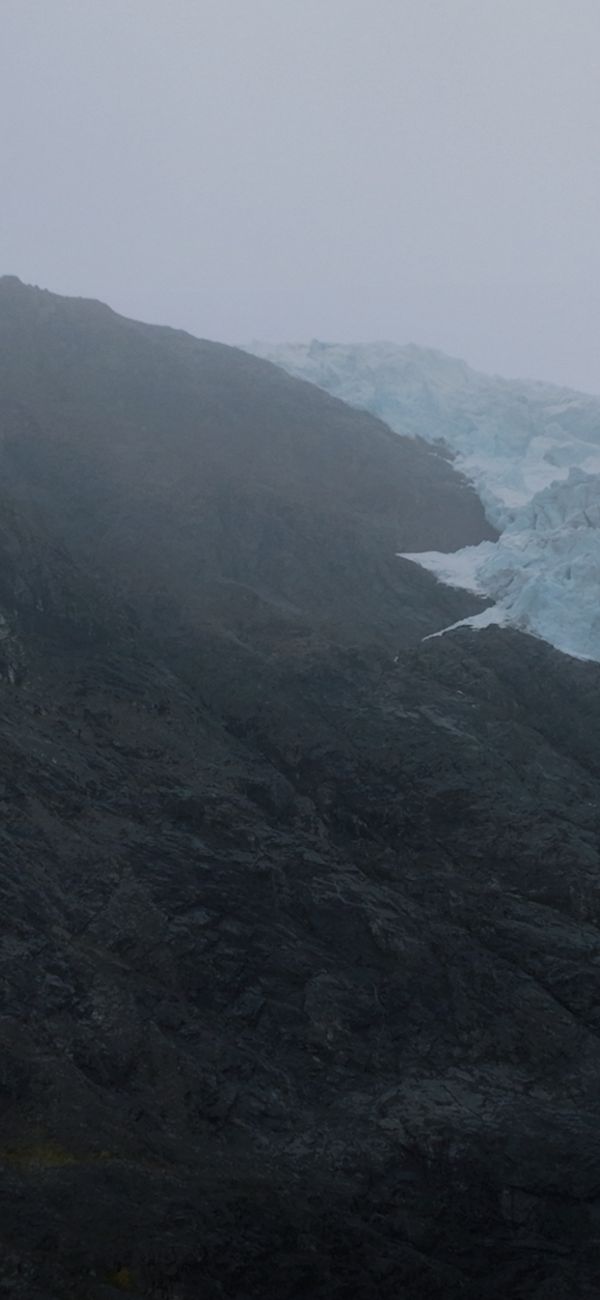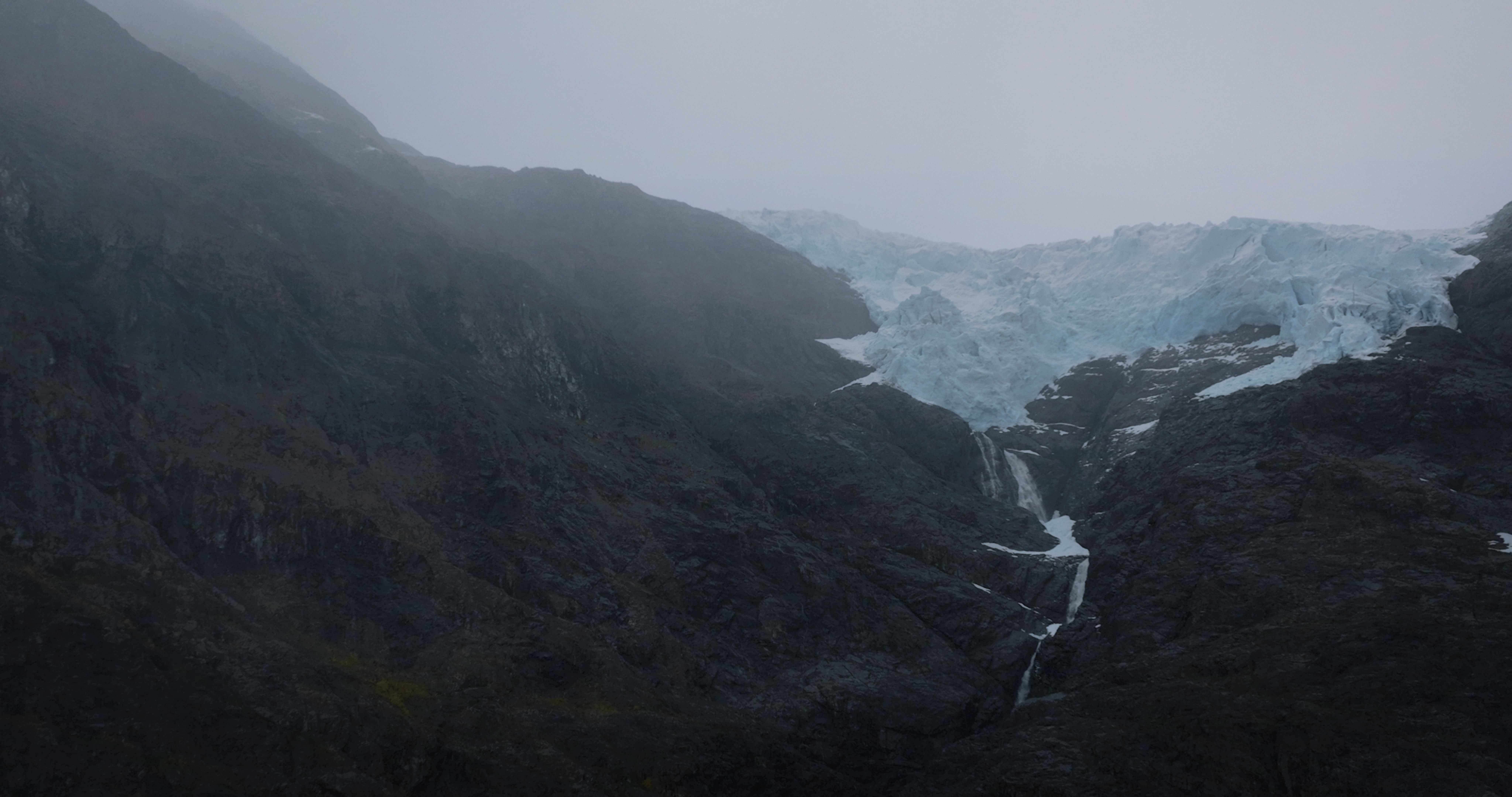

The North
A Voyage of Contrasts
The Nordics offer an impressive variety of landscapes, cultures, history and languages (8 in all). However, despite this wealth of contrasting properties, there are striking similarities, more than enough to make up a geographical and cultural region in its own right. Among the main characteristics of countries and regions alike, is the parliamentary system of government and a sophisticated welfare system. The currency is the Krone, apart from Finland’s Euro.
Scandinavia consists of the three monarchies of Denmark, Norway, and Sweden. Add the republics of Finland and Iceland – and you have the Nordic Region, commonly dubbed ‘The NORDICS’. To complete the picture, include three autonomous regions: the Faroe Islands and Greenland (to Denmark) and the Åland Islands (to Finland).
Just about all citizens of the Nordics speak a fairly decent English. So, no need to worry about the communication bit. Nor little else, for that matter. Visiting the Nordics, you will find that the region, despite the on-going equalizing forces of globalization is still a world of its own. And in so many ways strikingly different from continental Europe.
Around the world the Nordics is known for its enterprising social and political fabrics. Common to all five countries are, for instance, free education, universal health care and a sophisticated social safety net. True, in order to finance such comprehensive welfare systems, the Nordics also sport notoriously high levels of taxation. Shocking, some say. On the other hand, this is compensated for by some of the highest median wages in the world. So it’s all sunshine then? Far from it. But the overall impression is still that of a region that has come a long way towards establishing stable, safe, and inclusive societies.